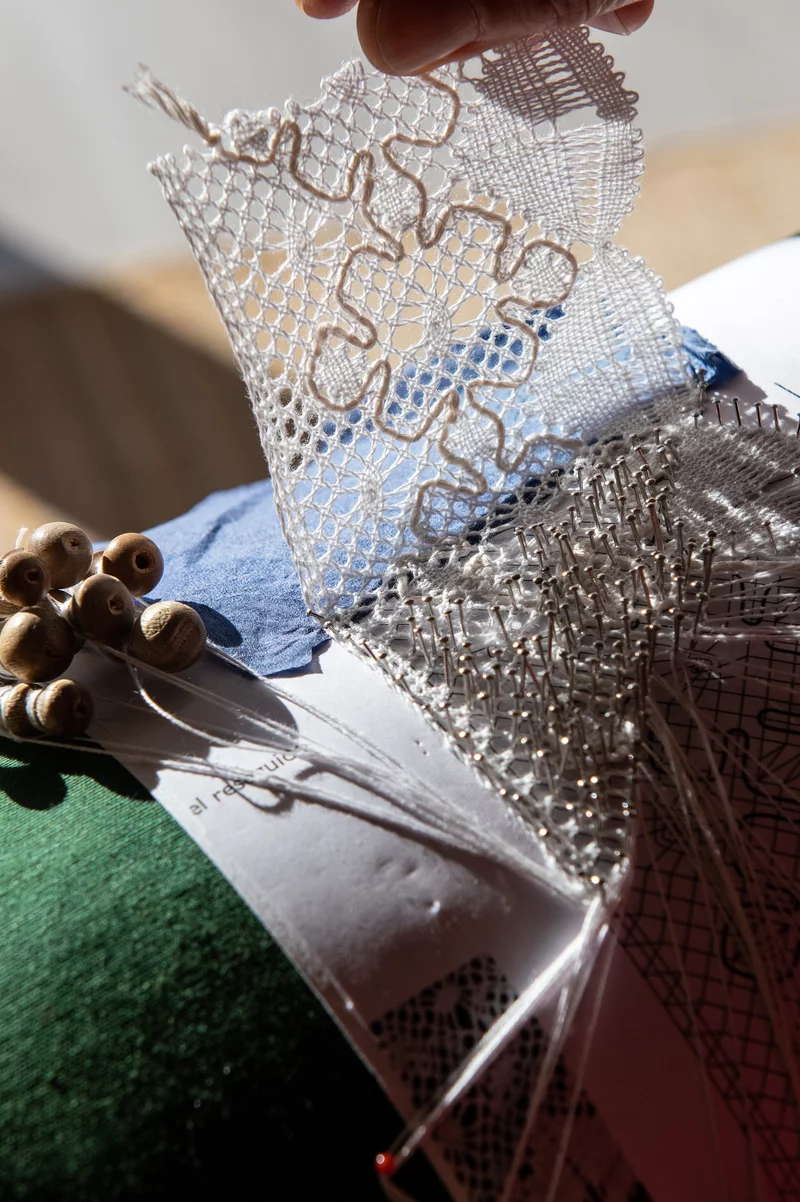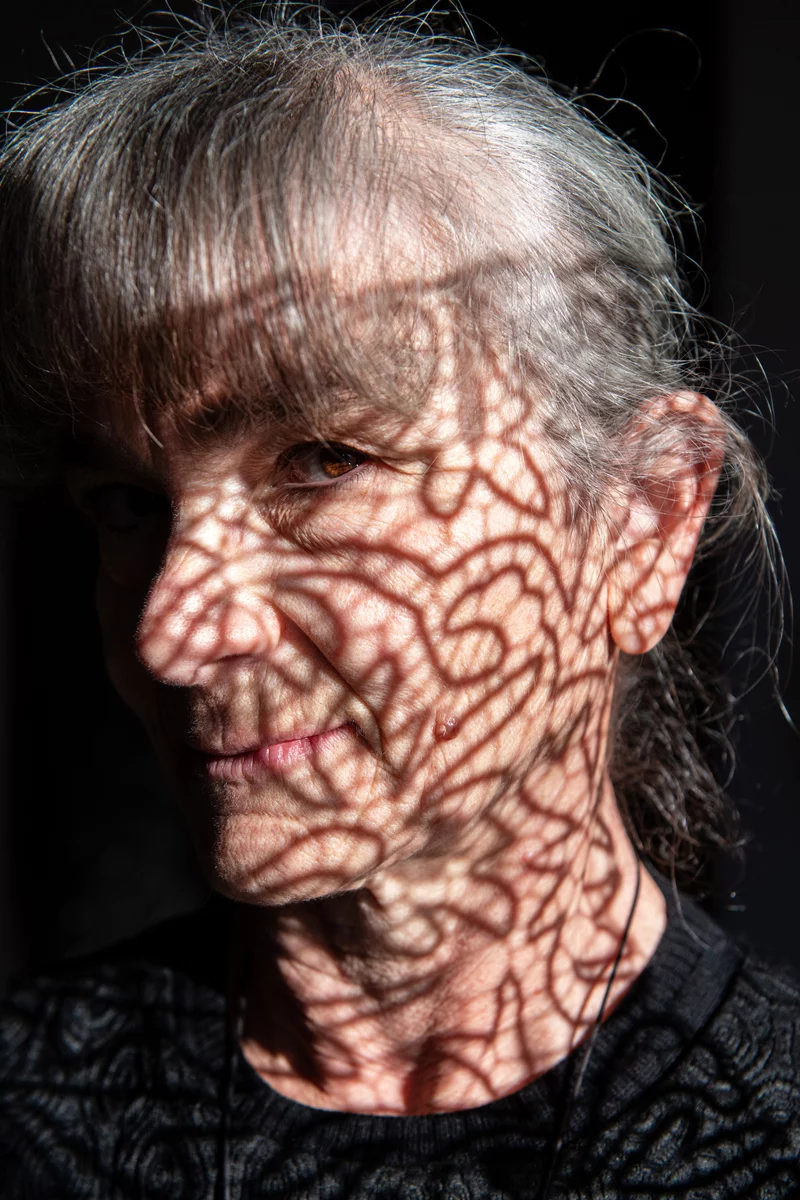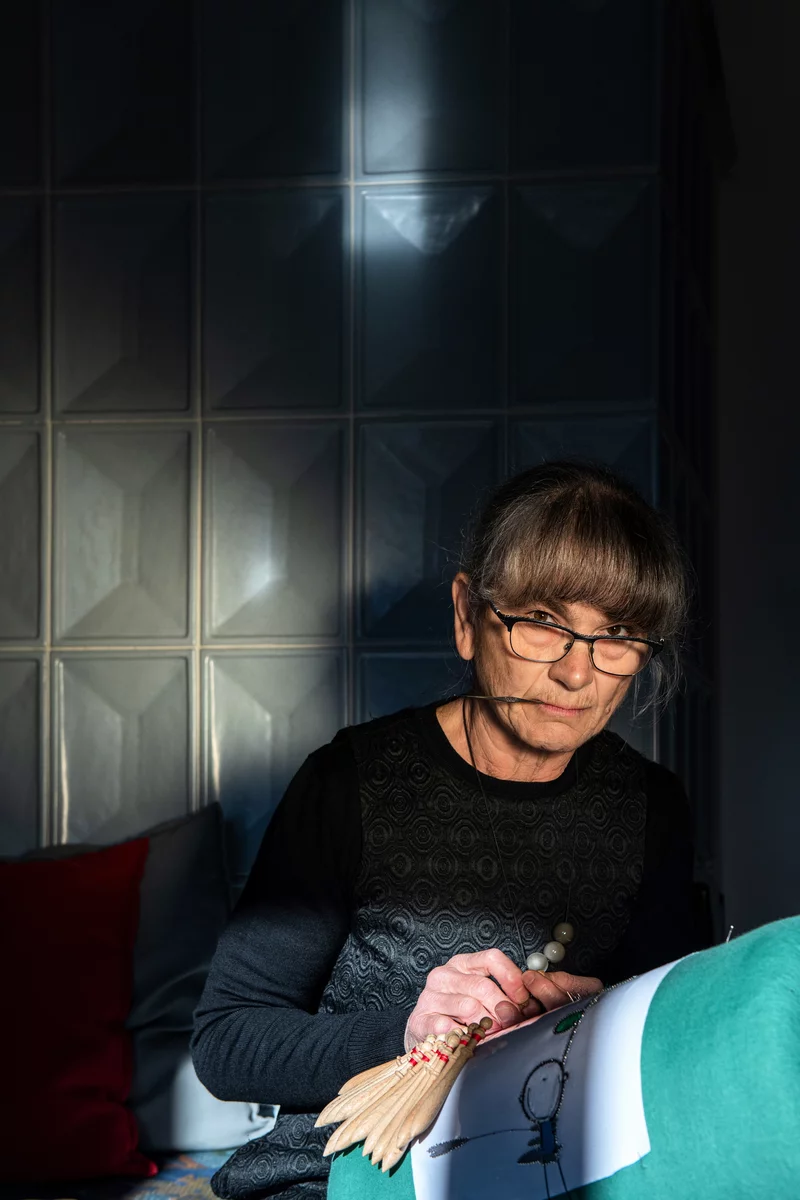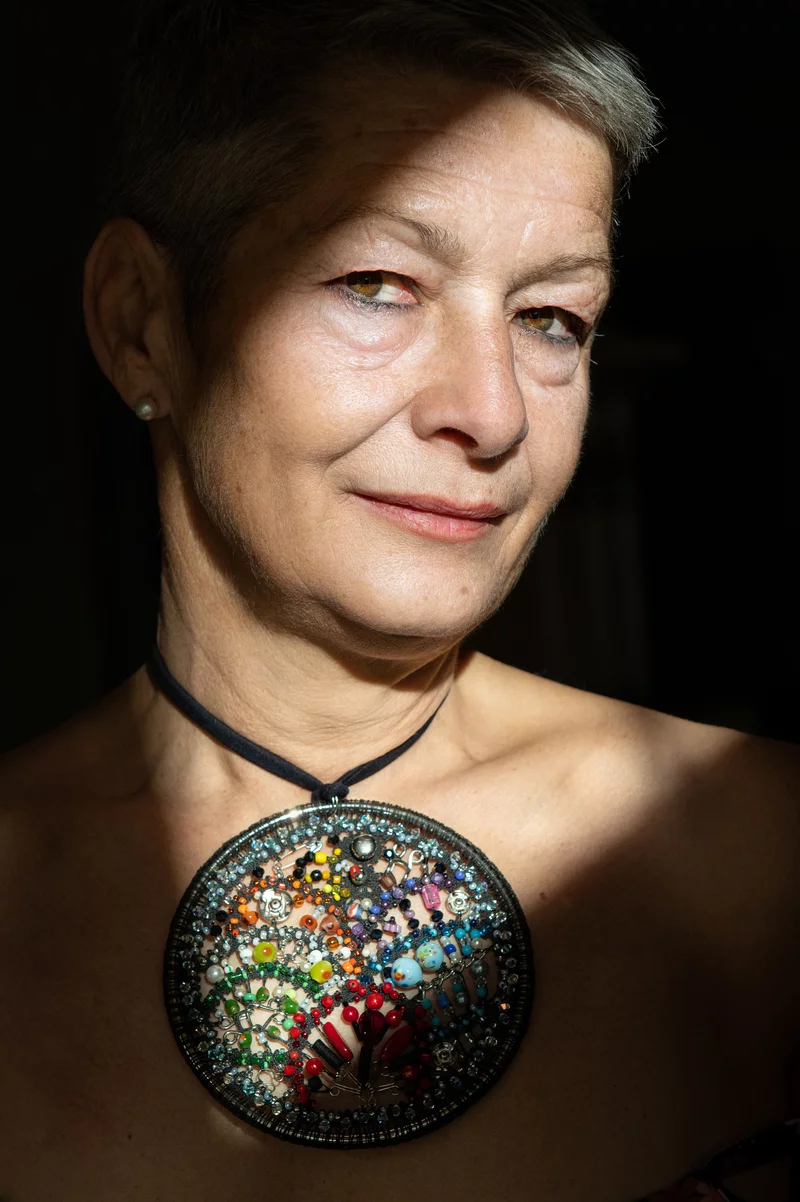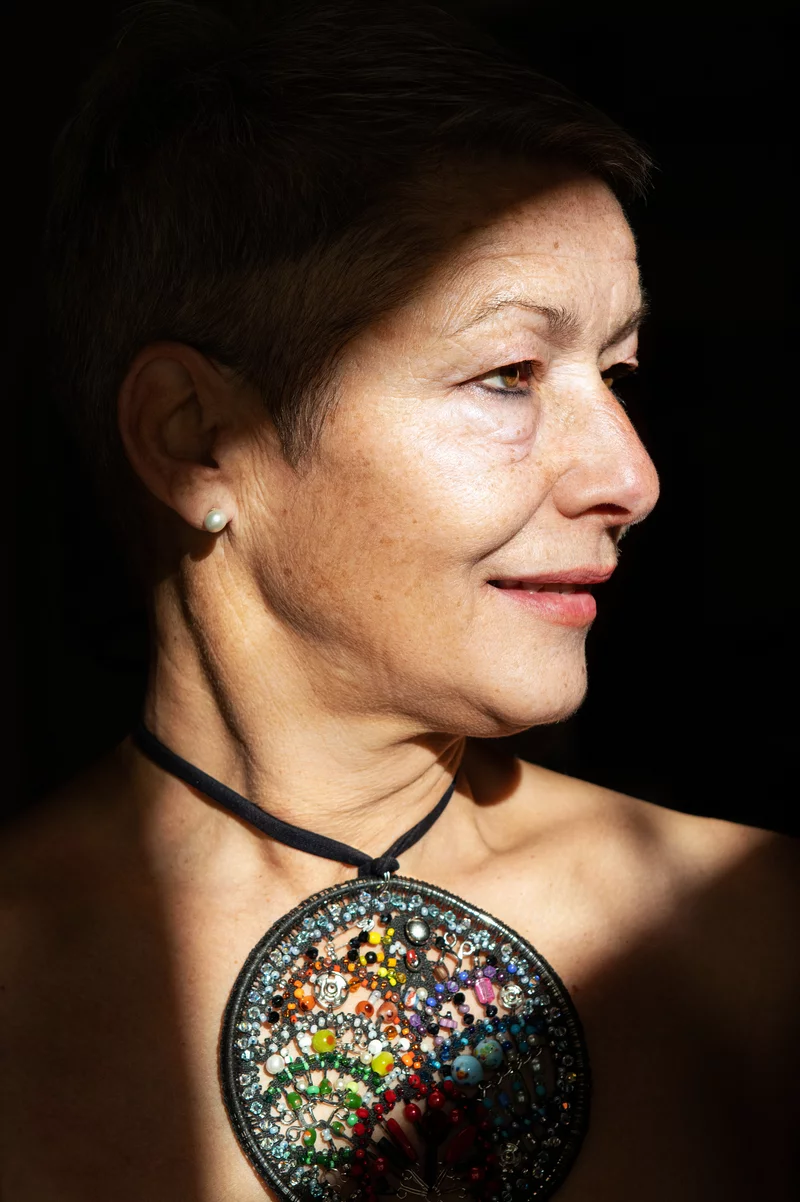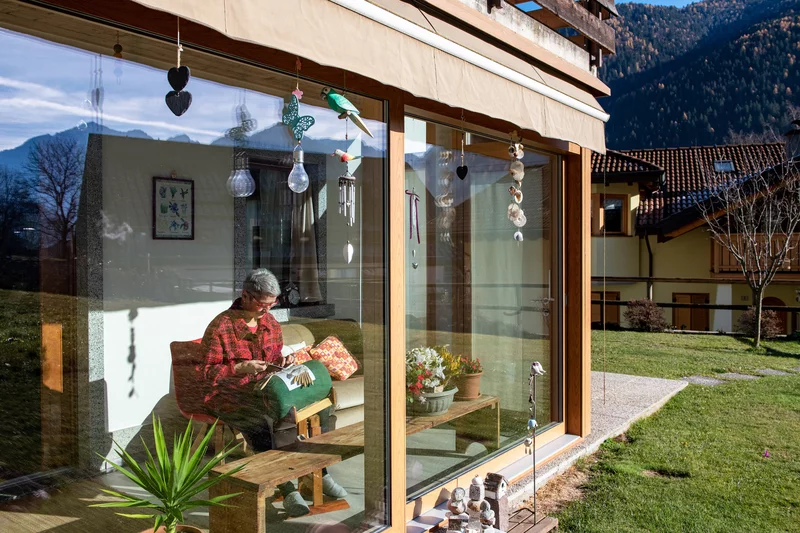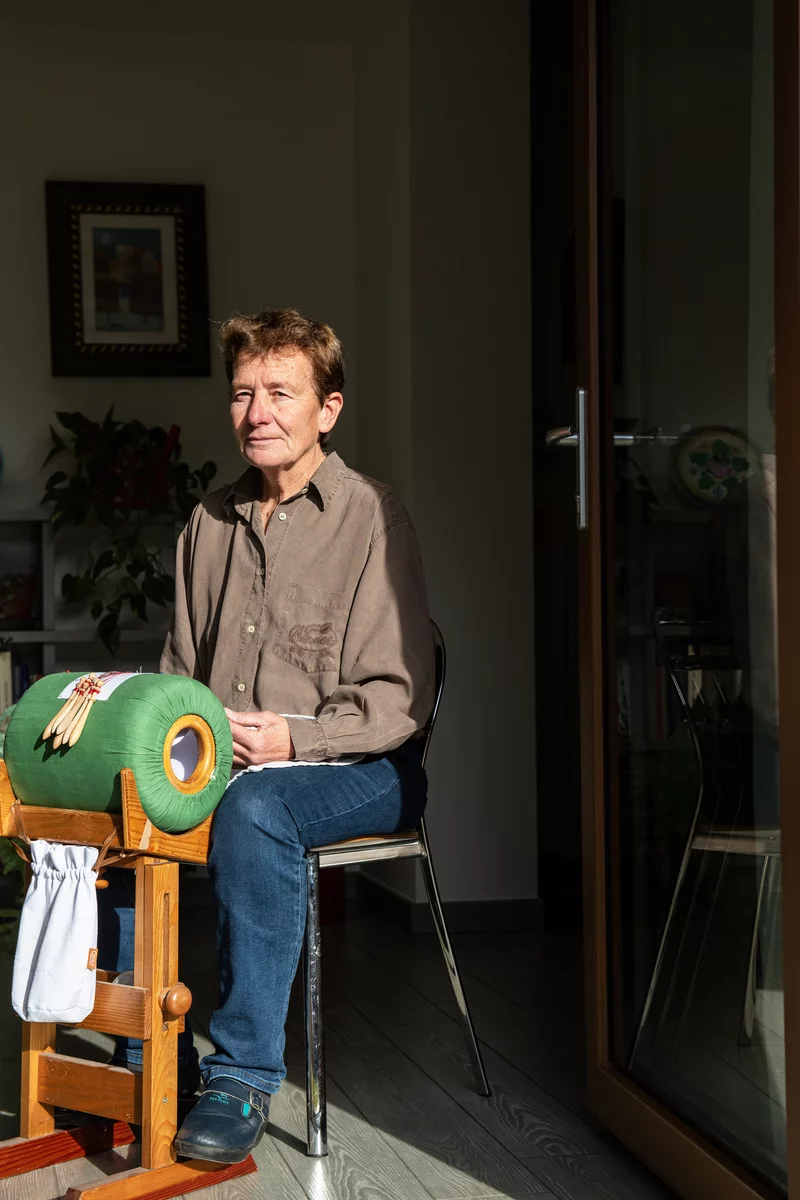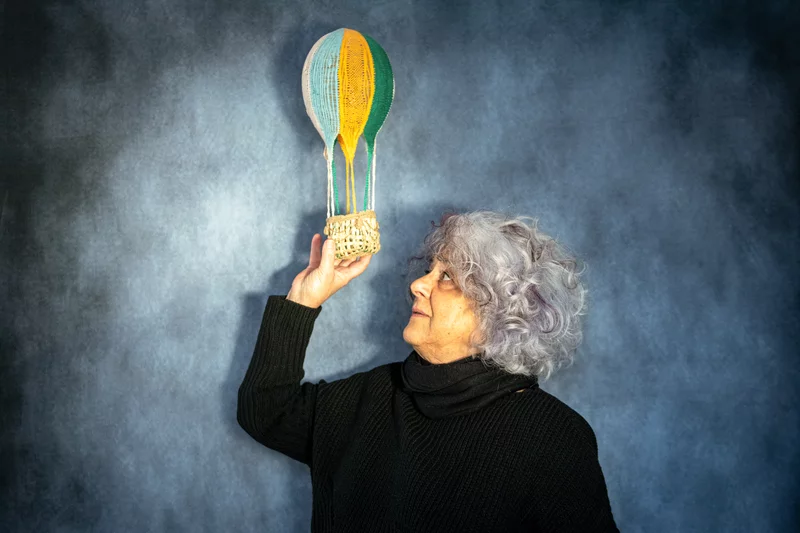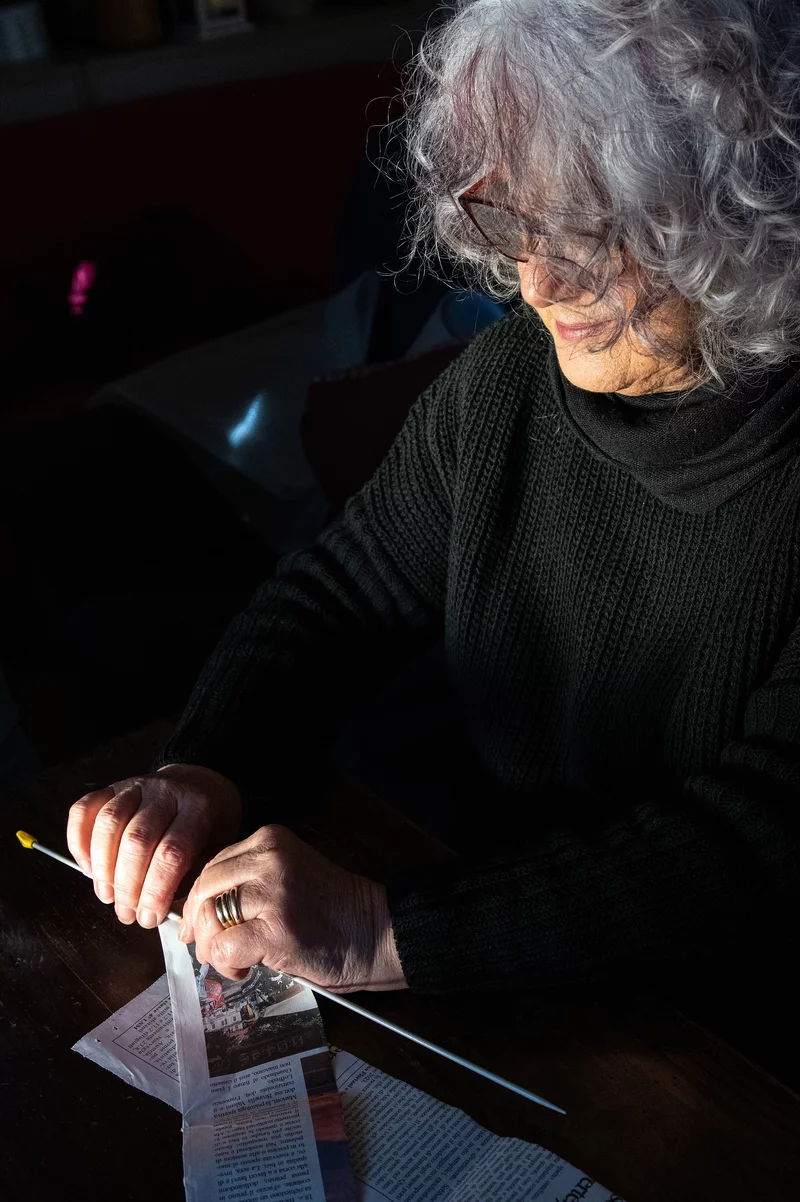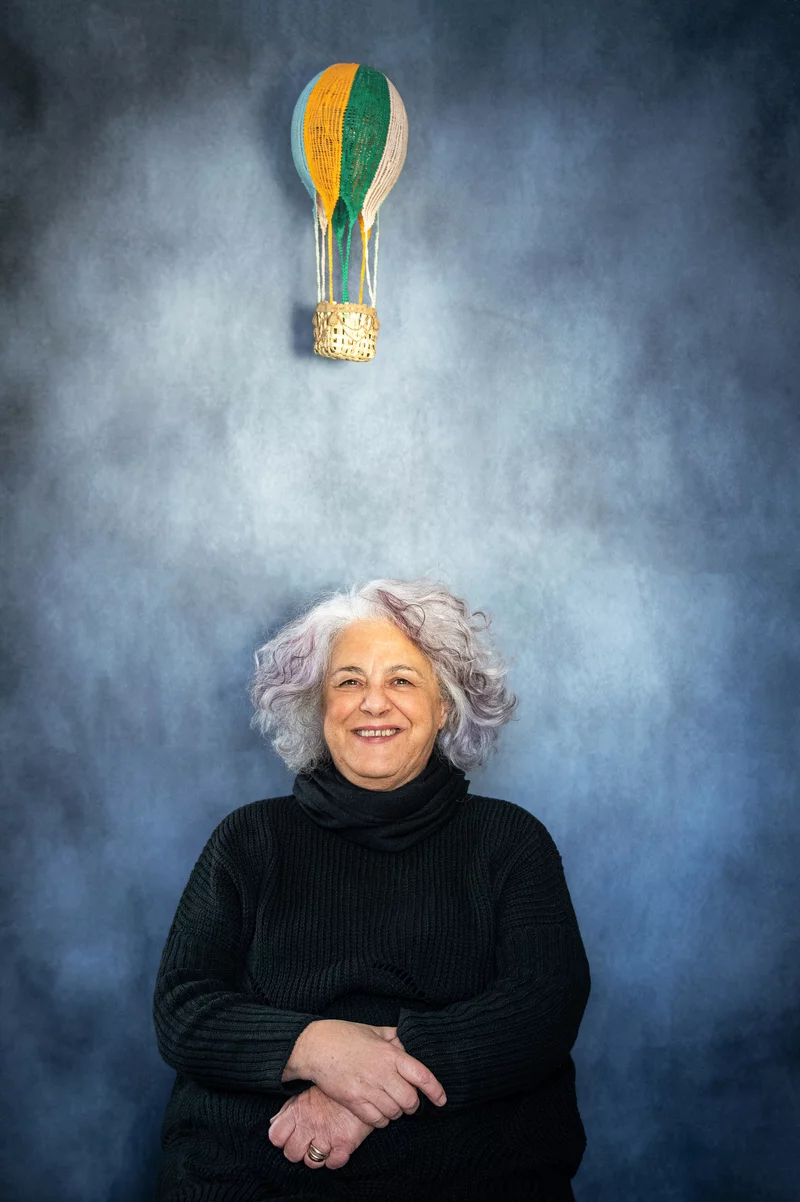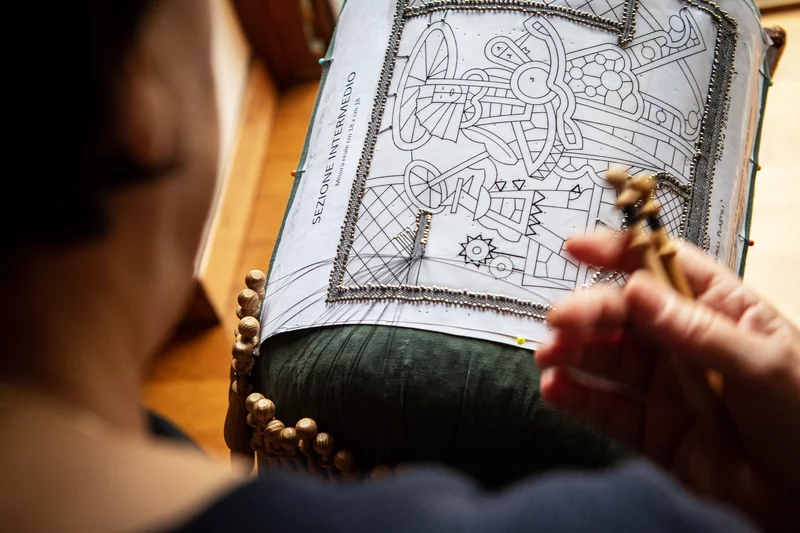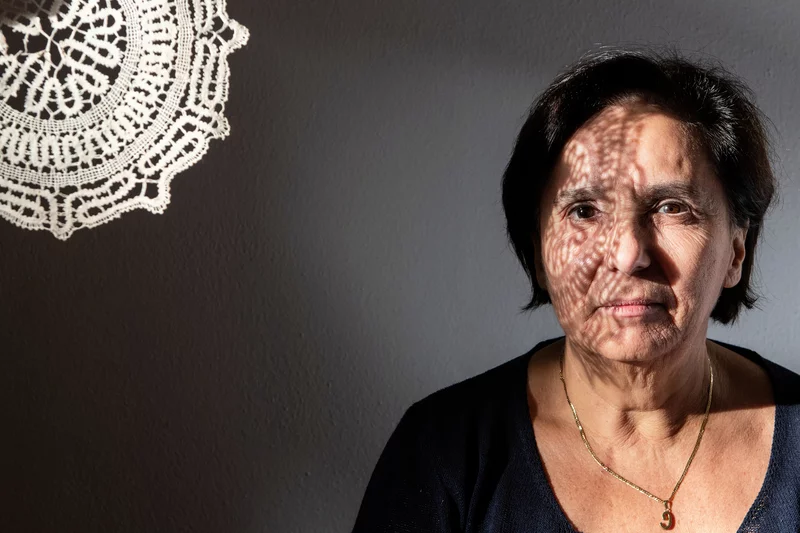The latest pupils of the Javrè school of lace and crochet keep the tradition of bobbin lace alive: a centuries-old skill in search of a path to the future.
The lacemakers of Marina SpironettiAn autumn day, with the light fading early, is the date chosen for the long-awaited photo shoot with Marina Spironetti. After an initial preparatory meeting with her subjects in summer, the photographer has a clear idea of the shots she’s looking for. There will be no photos of decorative lace artfully displayed for the occasion, or folksy tableaux of a centuries-old art painstakingly kept alive in the digital age. Instead, the subjects will be seen as though looking into a mirror, or in this case into the camera lens, in order to capture the bond between these five women: the modern era’s determined custodians of the ancient tradition of bobbin lace, the art they learned at the Javrè School of Lace and Crochet before it closed in 1990.
SHINES THE LACE AND WEAVES LIVESOver a century since the making of bobbin lace became widespread in Trentino, it can still be found in the homes of Val Rendena, where its fine threads have woven their way into the tapestry of life of each of its practitioners. Its future is uncertain, but the incredible skill of those who may be the last lace-makers, and the unique beauty of the lace, deserve to be celebrated.
Flavia Valentini
Our first meeting is in the Javrè home of Flavia Valentini, who might be considered the leader of this quintet. The wooden bobbins clatter away between her hands as she clenches a slim metal crochet hook between her teeth; when needed, she will swiftly brandish it to adjust the criss-crossing threads rapidly building up on the pillow, sketching the outlines of the pattern between one pin and the next. It’s a subtle interplay of solidity and gaps, which goes on for many hours over multiple days before the finished piece emerges.
Flavia proudly shows us her first lace, a wide, elaborate piece of weaving she made at the age of fifteen. Today, however, she prefers to experiment, using metal threads or taking inspiration from the great artists, recreating the works of Henri Matisse and others who, in her words, “show some meaning”.
Flavia’s hands dance over the threads and the spindles.
One of the last graduates of the public school of lace and crochet in Javrè, when it was a branch of the Michelangelo Buonarroti Technical Institute in Trento, she is bold in her choice of patterns. She has used her bobbins to recreate graffiti artist Shamsia Hassani’s “Afghan Woman” in lace, without losing any of her iconic, expressive power. We begin to understand that while bobbin lace was once prized for its decorative qualities, making it the centrepiece of any bridal trousseau, it has shaken off old clichés and gender stereotypes with no relevance to today’s world to become a radical art form.
“The art of bobbin lace was never handed down from mother to daughter, but from teacher to pupil”.
“Making bobbin lace”, explains Flavia Valentini “requires an ability that is sadly being lost. Since the year 2000, with the association Al filò dal lundì”, we have been working to keep it alive through cultural initiatives and exhibitions, taking part in competitions and events, learning more about other, similar experiences taking place in Italy. Contrary to what many people think, it’s not a skill that’s handed down from mother to daughter, but rather from teacher to pupil. What we’re missing the most today is a real teacher, one who could help us to grow and guide us towards a new, more innovative pathway. In Cantù and Gorizia, towns rich in ancient traditions consolidated over time, lace-making has been reborn with a more artistic approach”.
Silvia Valentini
Our second meeting is with Silvia Valentini, who uses bobbin lace to bring added value within an entirely original creative journey. Sure, Silvia also has a beautiful collection of old-fashioned laces made when she was a student, but when it comes to the elegant, fashionable pieces she now produces, the use of this technique is almost imperceptible to the untrained eye. It is her secret weapon, the detail that makes all the difference. Silvia brings new life to clothes that are no longer worn, odd bits of material and offcuts destined to be discarded. Using strings of coloured beads treasured since childhood and her lace-making pillow, she has created an eye-catching gem. “My work”, she tells us, “expresses something about my story or the story of my family. Like the bag made from an old pair of my father’s trousers, or an embroidered purse that celebrates sisterly love”.
Michela Gottardi
Our next visit is to the home of Michela Gottardi, who turned to lace- making to immortalise her love of Africa, which she has explored far and wide on many trips. The lacework that she shows us tends to have designs that are simple, “clean” as Michela herself describes them, and well defined: animals, for example, like a teddy bear, a hen, a cat and a mouse, with a giraffe straight from the savannah towering over them all. “At the school”, Michela reminisces, “they taught us to sew so we could prepare our bridal trousseaux, which would be part of our dowries. I never used it, and I never served afternoon tea all dolled up with lots of lace and frills. Once you were finished, if the work wasn’t done well, the teachers would rip it all up and you would have to start over”.
Manuela Sauda
After Michela we travel to Villa Rendena, to a house full of art, patterns and colour, to meet Manuela Sauda. “I don’t make lace”, she says, by way of introduction, “I’m a creator”. Indeed, she has used her skills to weave together sheets of paper, bringing to life some highly original creations with a contemporary twist. Bobbin lace can also be three-dimensional, acquiring volume without losing its sense of lightness, as Manuela shows us with the extraordinary, prize-winning hot air balloon she made a number of years ago.
Manuela and her artistic and contemporary lace.
Cristina Pouli
We finish off the day’s appointments with Cristina Pouli, who welcomes us to a large house where lace embellishes and refines the domestic setting. We manage to catch the last rays of the sun before it sets behind the chimneys of Javrè, smoke curling gently skyward. Marina occupies herself taking photographs as the light slips over the horizon. “We’ve got it, that’s the one”, she announces after a few takes, releasing Cristina from her frozen pose and bringing an end to today’s photo shoot.
In weaving, the lace threads become intertwined with the feelings and lives of the lace-makers.
What is bobbin lace?
Bobbin lace is a technique which involves using a special pillow to produce lace from threads wound around bobbins. The pillow can be rested on a frame or any other surface that can hold it steady at the right height for the worker’s hands. The textile produced through this technique is also known as bobbin lace.
A comprehensive study.
Recently, Irene Fratton has carried out a far-reaching piece of research, gathering documents and testimonies on the histories of Trentino’s lace and crochet schools in a comprehensive study of this skill. In her thesis, written for the Master’s Degree Programme in Cultural Anthropology, Ethnology and Anthropological Linguistics at the Ca’ Foscari University of Venice, entitled Ho ‘mparà quela volta, ala scóla dei pizzi... Storie di allieve e maestre delle scuole di merletto del Trentino [What I learned back then, at the school of lace... Stories of the pupils and teachers of Trentino’s lace schools], she writes: “The story of the lace-makers is, therefore, a rich one, which involves skills, knowledge and abilities, but also a sense of initiative, creativity, a bond with the land and with the community. It’s a story that has long been hidden; the goal of my research is to try and give a voice back to its real protagonists, so that they can tell it in their own way”. To learn more about the history of bobbin lace in Val Rendena, you can also check out the book Scuola statale di pizzi e merletti di Javrè The Javrè state school of lace and crochet, published by the Rotary Club of Madonna di Campiglio in 2007.
The Javrè state school of lace and crochet.
Professional schools for girls to learn bobbin lace spread throughout the Italian Tyrol starting from the late 19th century. The first of these schools opened in Proves, in Val di Non, in 1873. Later, others would follow in Cles, Malè, Luserna, Predazzo, Calavino, Tione di Trento, Cortina d’Ampezzo, Javrè, Borgo Valsugana, Rovereto, Trento and Cembra. The school in Tione was active for just a few years, while the Javrè school survives to this day through the activities of a group of its former students, who come together in the “Al filò dal lundì” association and in the privacy of some of their houses.
The former students also include Marisa Dorna, who attended the state school between the 1950s and 1960s, and was later a teacher of the provincial course.
